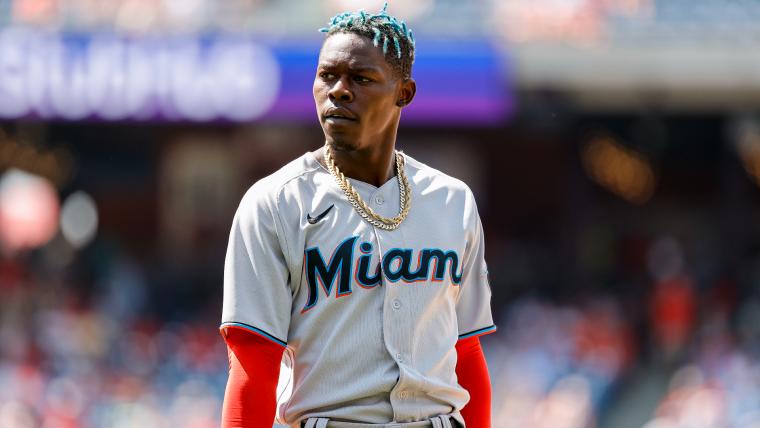According to the 2022 rumor mill, the New York Yankees came close to trading their starting second baseman, Gleyber Torres, to the Miami Marlins in exchange for pitcher Pablo Lopez, although the deal did not ultimately materialize. However, the mere discussion of such a trade significantly impacted Torres, who struggled for a month to regain his form amid the uncertainty. His performance woes in August of that year coincided with a crucial period for the Yankees, exacerbating their on-field challenges.
This season, Torres, approaching the final year of his contract, continues to grapple with inconsistency at the plate, compounded by defensive lapses. With his tenure with the Yankees likely ending in three months unless his performance improves dramatically, concerns about “selling low” on Torres have diminished. If the Yankees doubt Torres’ ability to rebound, especially after dealing with injuries and job insecurity, they might opt to trade him now to acquire assets rather than risk losing him for nothing in free agency. However, the Yankees’ infield depth has thinned, highlighting the need for stability and experience that Torres still offers.
Despite internal discussions about potential replacements for Torres, such as Jazz Chisholm, who has been linked to trade rumors with the Marlins, the Yankees should proceed cautiously. Chisholm, known for his dynamic play but also characterized by inconsistency at the plate, may not provide the stability and reliable production that the Yankees need down the stretch. The allure of Chisholm’s athleticism and potential impact should be weighed against the risks of disrupting team chemistry mid-season.

Robert Murray, an MLB insider for FanSided, suggests paying heed to Craig Mish’s insights regarding Chisholm’s availability. Recent reports, including from Jon Heyman, indicate the Yankees’ internal deliberations about Chisholm, underscoring the temptation to make a bold move for the Marlins’ infielder. However, the perception of Chisholm as an average hitter with sporadic flashes of brilliance complicates the decision-making process for any potential trade.
Moreover, the Marlins’ readiness to part with Chisholm suggests a calculated evaluation of his value, which might deter interested teams from pursuing him at a premium price. The Yankees, led by Brian Cashman, who may have missed the optimal timing for a Torres trade, now face a critical juncture where bolstering Torres’ support in the lineup could outweigh the risks of swapping him for another high-risk, high-reward player.
Ultimately, any negotiations with the Marlins should prioritize strengthening the bullpen, possibly targeting pitcher Tanner Scott, rather than disrupting the roster with a high-profile trade for Chisholm. The analogy of dealing for Chisholm akin to listening to jazz—a matter of selective trades—resonates with the Yankees’ current dilemma of maintaining stability while exploring strategic roster enhancements.
In conclusion, while the Yankees navigate Torres’ uncertain future and consider potential trade options like Chisholm, they must balance short-term gains with long-term roster cohesion. Avoiding knee-jerk reactions and focusing on incremental improvements could prove pivotal as they aim to regain competitiveness and strategic advantage in the American League.

